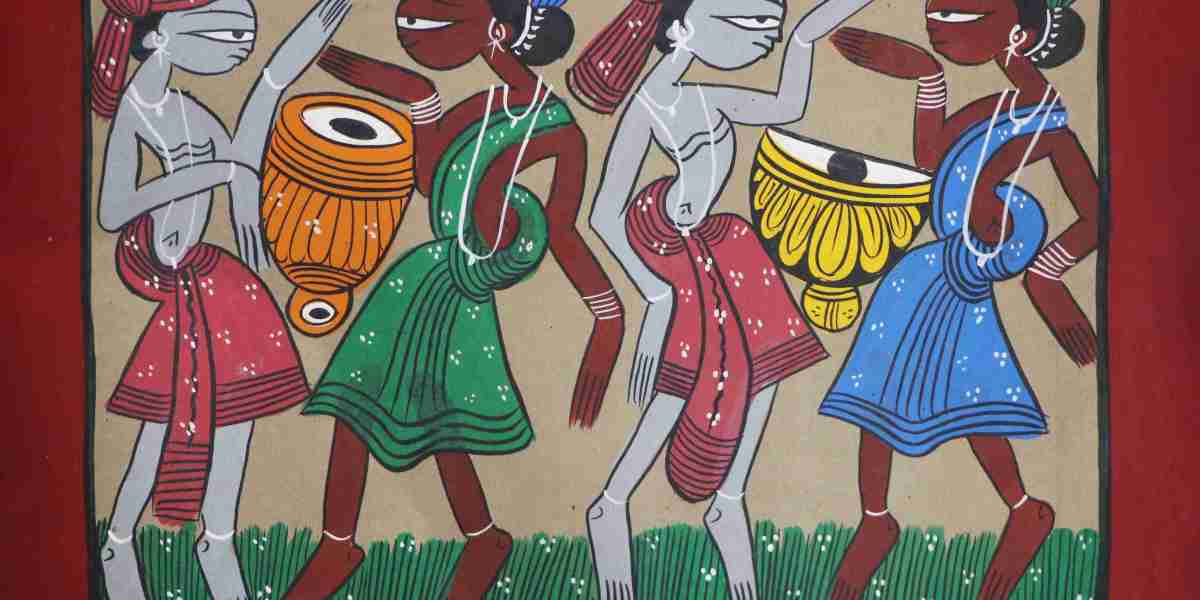Introduction:
Delve into the vibrant world of Pattachitra Art, an ancient form of storytelling through intricate paintings originating from the eastern state of India, Odisha. In this blog, we'll uncover the history, techniques, themes, and significance of Pattachitra, celebrating its enduring legacy in the realm of Indian artistry.
What is Pattachitra Art?
Pattachitra, derived from the Sanskrit words "Patta" (cloth) and "Chitra" (painting), is a traditional art form that involves intricate, detailed paintings on cloth. This exquisite art form dates back to the 5th century AD and has been passed down through generations, preserving cultural narratives and mythological tales.
The History Behind Pattachitra:
Pattachitra has its roots deeply embedded in the religious and cultural practices of Odisha. Initially practiced by the Mahapatra community of artists, Pattachitra was primarily used for narrating stories from Hindu mythology, particularly the tales of Lord Jagannath, Krishna, and other deities. Over the centuries, it evolved as a means of visual storytelling, capturing historical events, folklore, and social customs.
The Techniques Involved:
Pattachitra artists meticulously prepare their canvas by coating a piece of cloth or dried palm leaf with a mixture of chalk and gum. The outlines are then drawn using a fine brush, traditionally made from animal hair. The colors used are derived from natural sources like minerals, vegetables, and stones, ensuring longevity and vibrancy in the paintings. Each stroke is infused with precision and skill, reflecting the mastery of the artist.
Themes Depicted in Pattachitra:
Pattachitra paintings encompass a diverse range of themes, from mythological narratives to everyday village life. The art form often portrays scenes from the Ramayana, Mahabharata, and Puranas, depicting the triumph of good over evil and the cosmic balance of the universe. Additionally, Pattachitra artists showcase scenes of rural life, festivals, and rituals, offering a glimpse into the cultural tapestry of Odisha.
Significance of Pattachitra Art:
Beyond its aesthetic appeal, Pattachitra holds immense cultural and religious significance in Indian society. It serves as a visual medium for transmitting moral values, religious teachings, and historical events to future generations. Moreover, Pattachitra plays a vital role in preserving and promoting the indigenous art forms of Odisha, fostering a sense of pride and identity among local communities.
Revival and Recognition:
In recent years, there has been a renewed interest in Pattachitra art, both nationally and internationally. Art enthusiasts, collectors, and scholars are increasingly recognizing its artistic merit and cultural value. Efforts are underway to promote Pattachitra through workshops, exhibitions, and collaborative projects, ensuring its continuity in a rapidly changing world.
Conclusion:
Pattachitra Art stands as a testament to the rich cultural heritage of India, reflecting the artistic prowess and spiritual ethos of generations past. As we celebrate this timeless marvel, let us embrace the stories woven into its intricate patterns and colors, cherishing the legacy of Pattachitra for generations to come.







